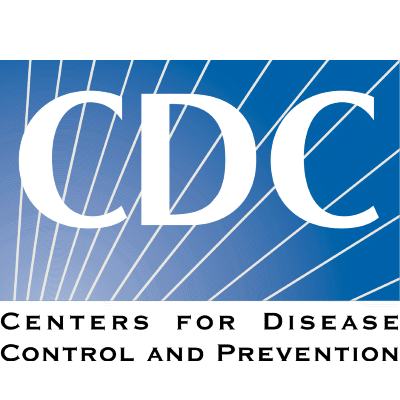 On April 17, the Centers for Disease and Control and Prevention (CDC) opened an official docket requesting comments from patients living with acute and chronic pain about their perspective on the benefits and harms of opioid use as well as their experiences with nonopioid medications and nonpharmacological treatments for pain. The CDC is also interested in the perspective of caregivers, family members, and health care providers of patients living with pain.
On April 17, the Centers for Disease and Control and Prevention (CDC) opened an official docket requesting comments from patients living with acute and chronic pain about their perspective on the benefits and harms of opioid use as well as their experiences with nonopioid medications and nonpharmacological treatments for pain. The CDC is also interested in the perspective of caregivers, family members, and health care providers of patients living with pain.
The agency is looking at how issues such as cost, accessibility, risks, and benefits factor in when deciding which pain management options to pursue. Additionally, the CDC would like to hear patients’ experiences with getting information on which to base treatment decisions.
The information collected will complement the CDC’s work assessing the need for updating or expanding the agency’s 2016 Guideline for Prescribing Opioids for Chronic Pain.
“CDC’s Opioid Prescribing Guideline was controversial even before its final publication in March of 2016,” says Cindy Steinberg, U.S. Pain’s National Director of Policy and Advocacy. “The CDC was widely criticized about the lack of transparency surrounding the guideline development process, and the ‘low quality’ or ‘very low quality’ evidence upon which each of the 12 guidelines were based. In addition, no nationally known or widely respected pain management physicians, pain advocates, nor pain patients participated in the guideline development process.”
Beginning in 2016, the CDC widely promoted the guideline to the nation’s state health departments licensing boards and frontline primary care physicians. The guideline is commonly viewed as the reason thousands of chronic pain patients have had their medications abruptly reduced or discontinued, despite no history or signs of abuse. Many pain patients have reported being discharged from practices and unable to find physicians willing to treat them.
Indeed, the situation got so bad that in April of 2019, the Food and Drug Administration issued a warning to health care professionals that sudden discontinuation or rapid decreases in opioid prescribing had led to “serious withdrawal symptoms, uncontrolled pain, psychological distress and suicide.”
The CDC guideline authors subsequently published a commentary in the New England Journal of Medicine saying the Guideline had been “misapplied” and that they did not mean for practitioners to cut people off whose dosages were above the CDC thresholds.
“The last time the CDC intervened in pain management practice, it did not go well for people with pain,” says Steinberg. “I hope they are serious and sincere this time about getting input from people with pain about the benefits and harms of all available treatment options–and that they use that information to inform any updates they make to the guideline. I also hope they engage widely respected pain management experts in the drafting process this time around.”
The U.S. Pain Foundation will be submitting comment to the docket and encourages all people with pain to do the same. The deadline is June 16, 2020.
To learn more about U.S. Pain’s position on opioid prescribing and balanced pain management, click here.
